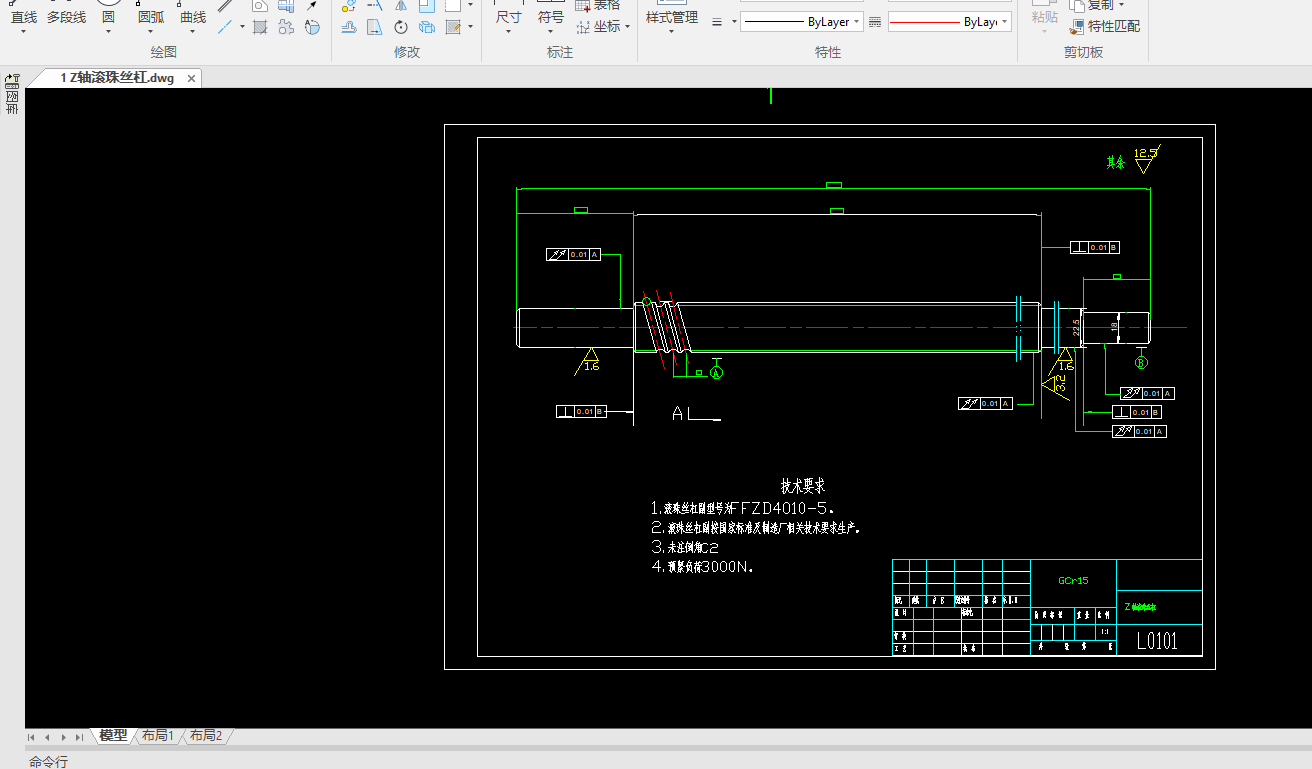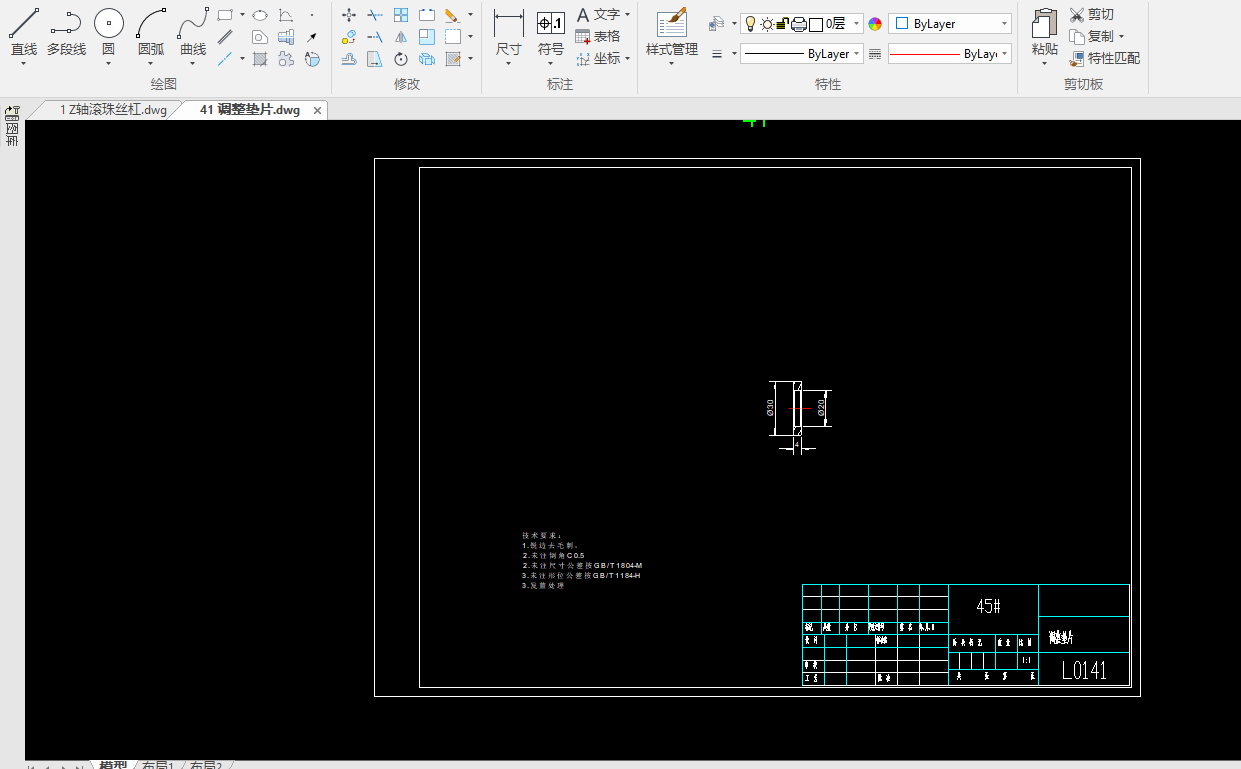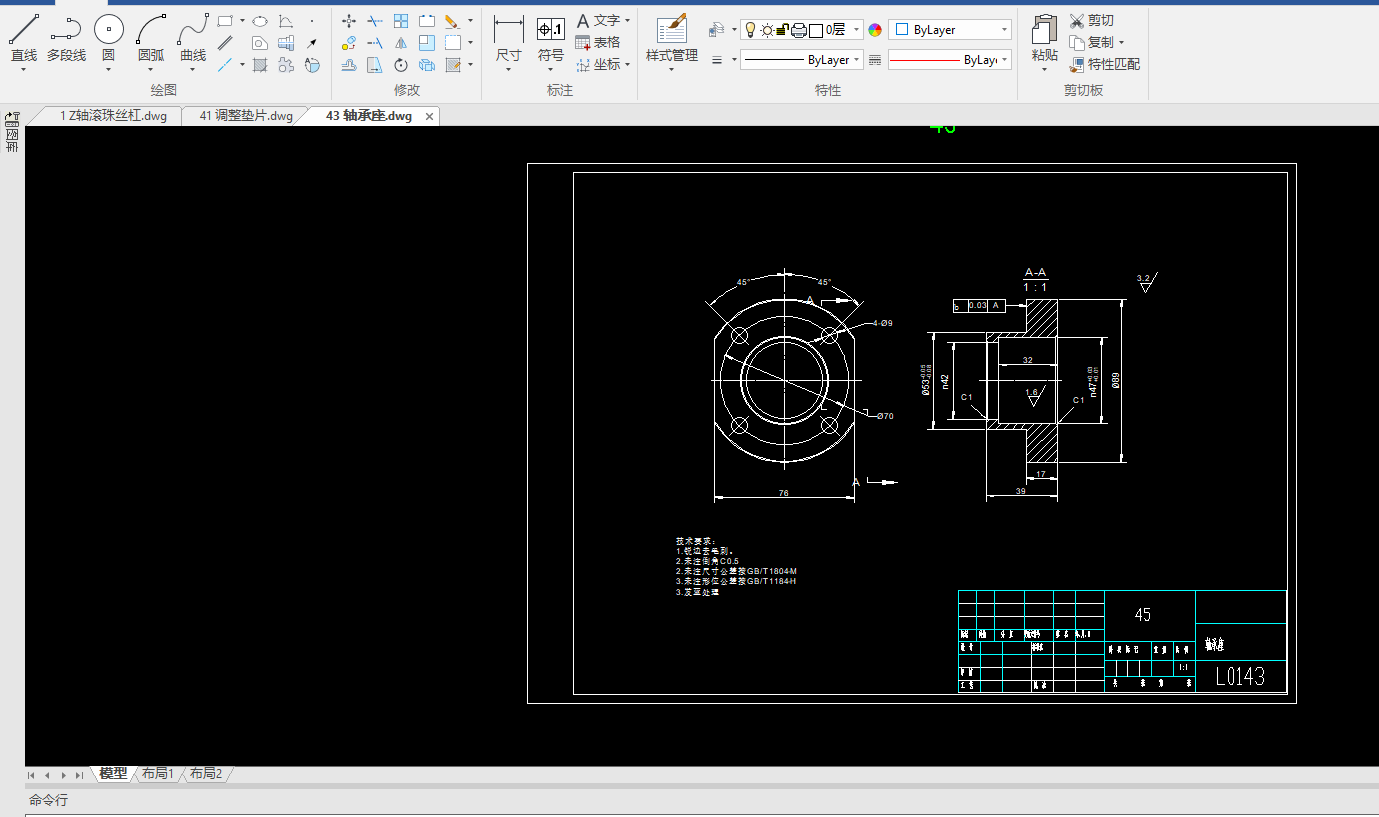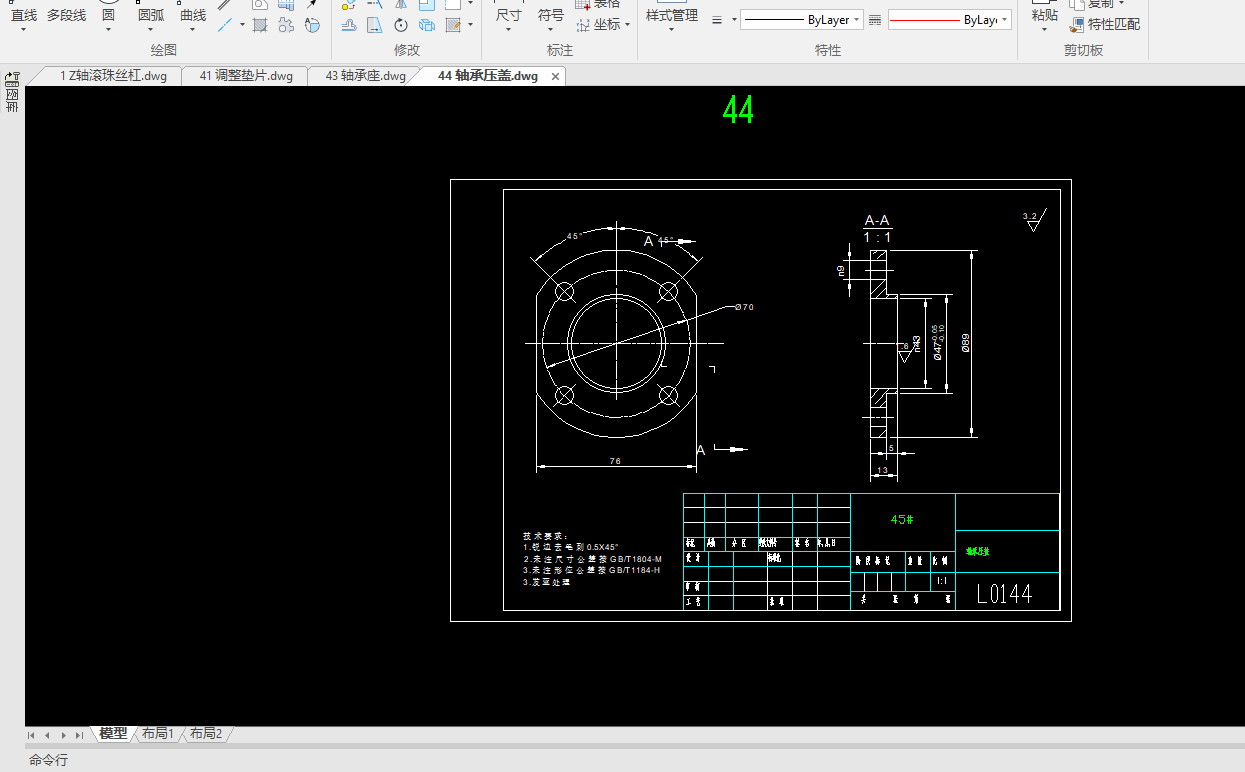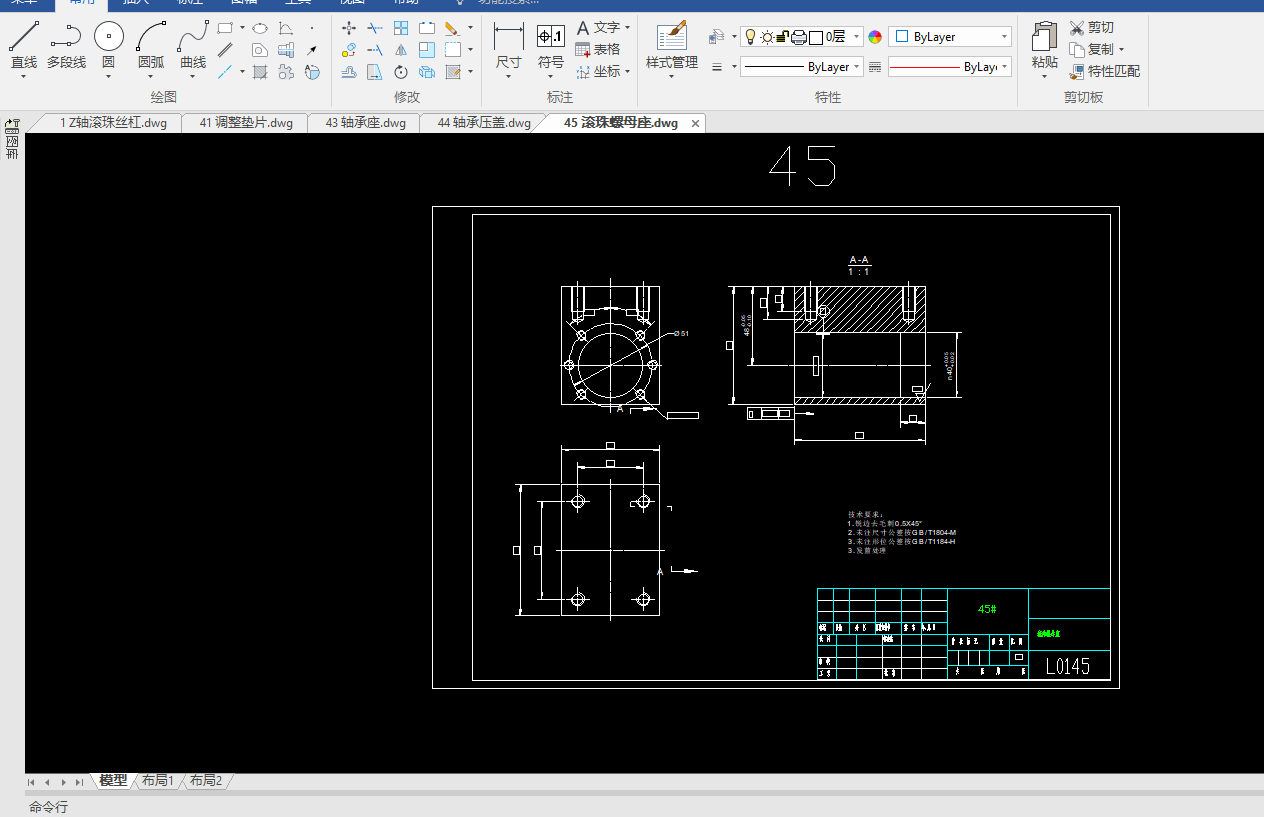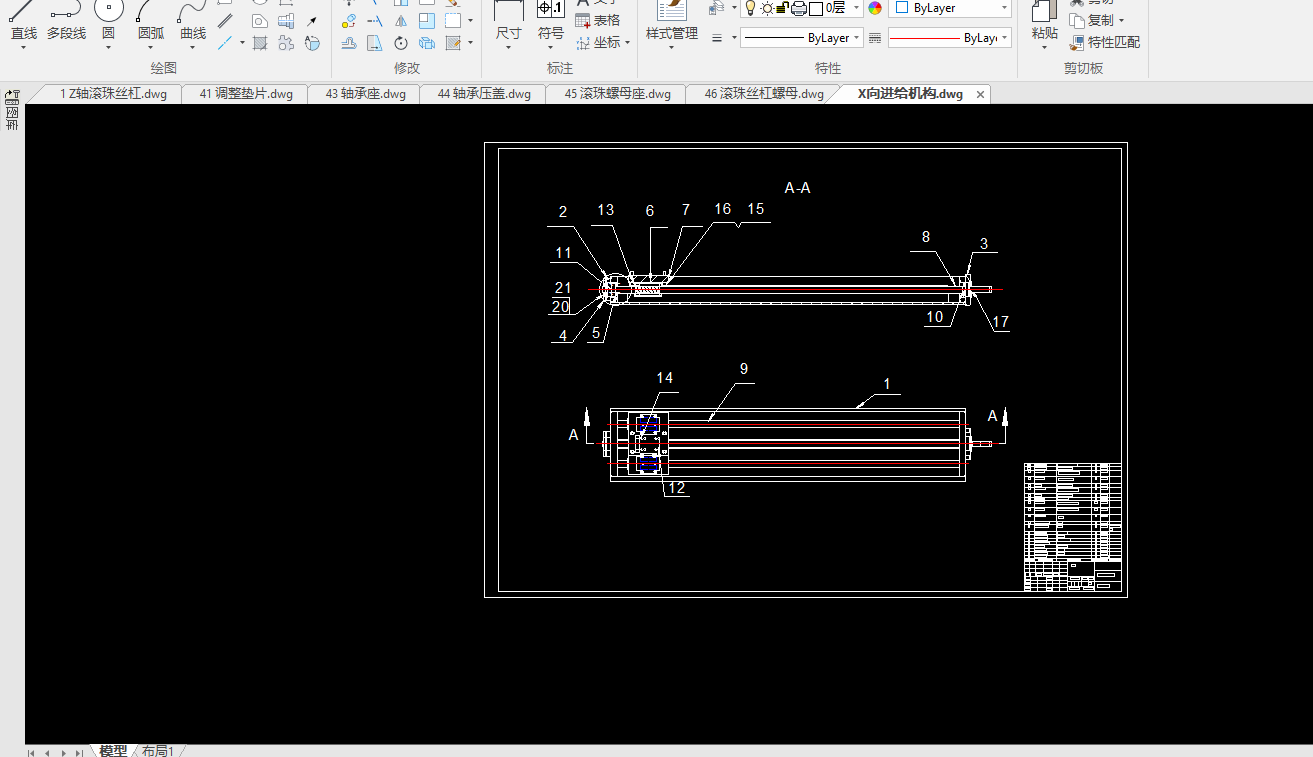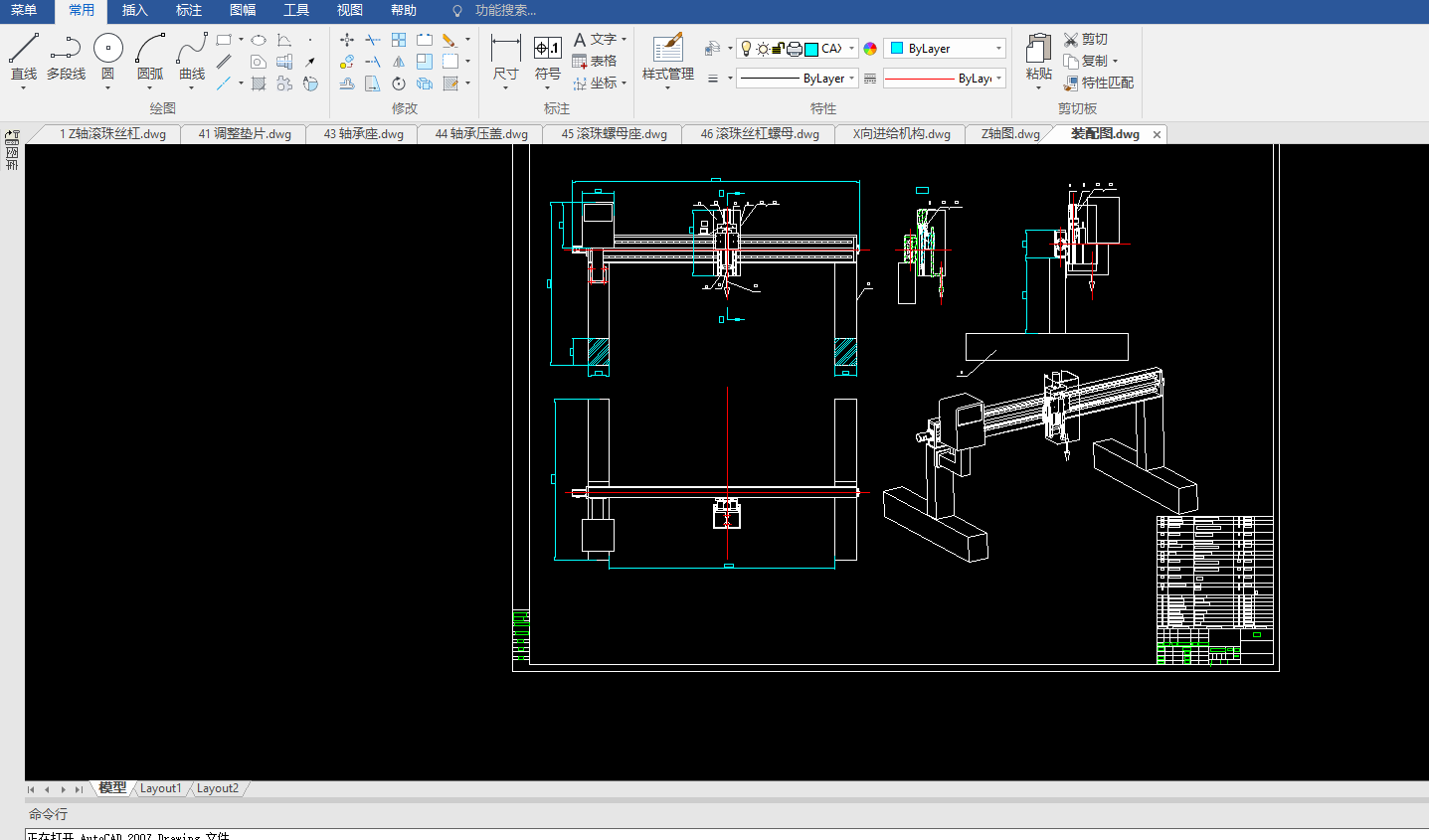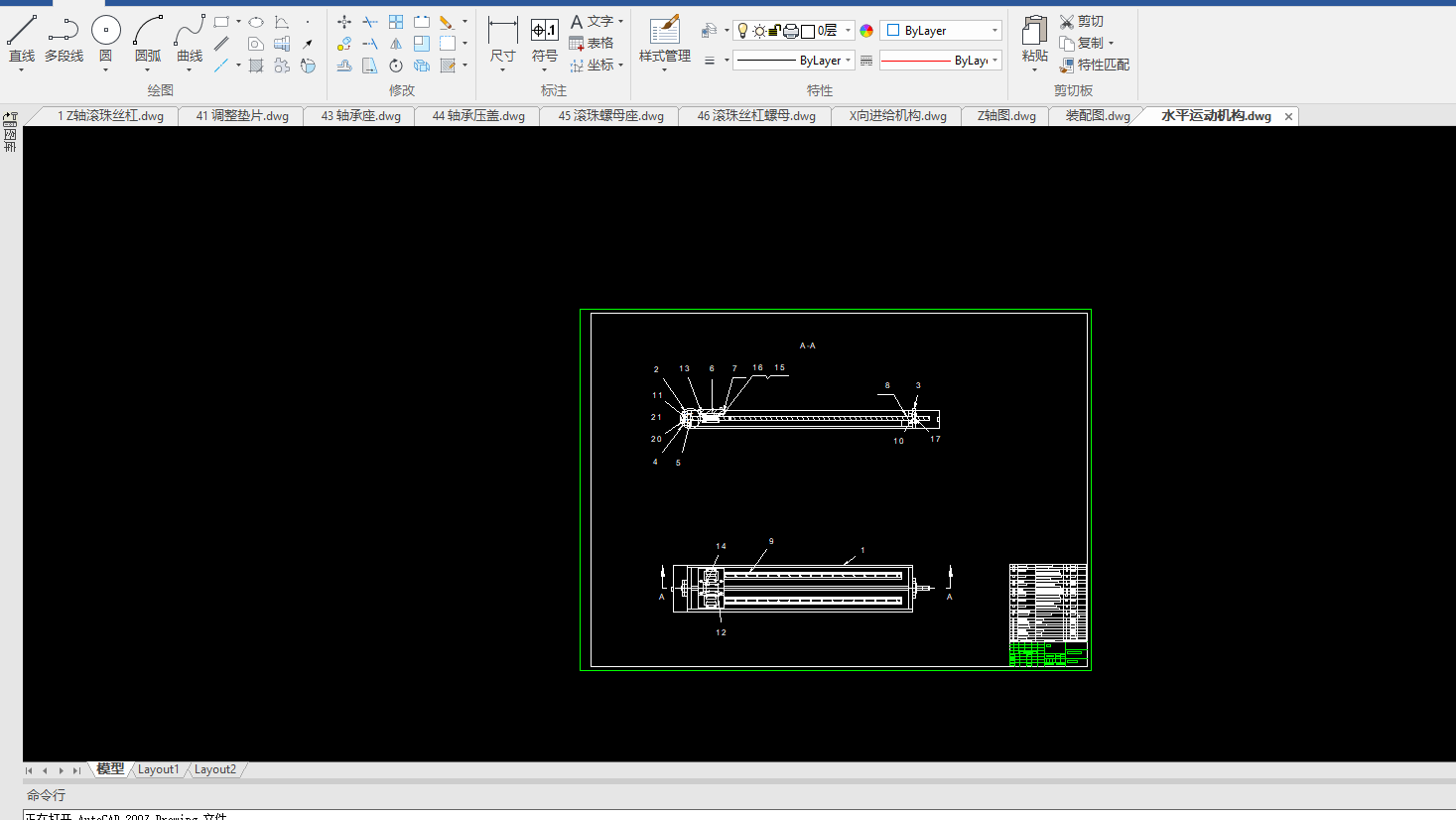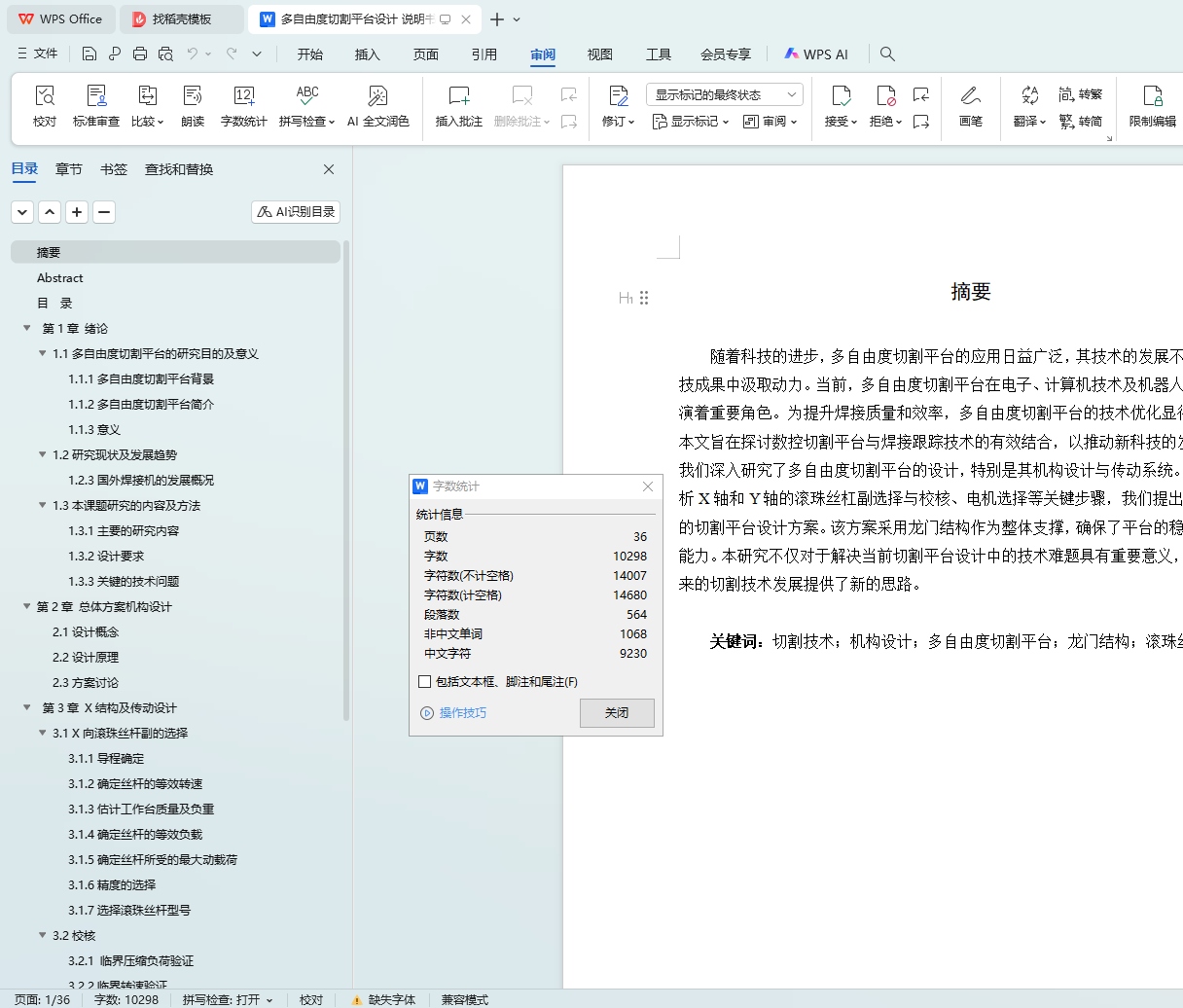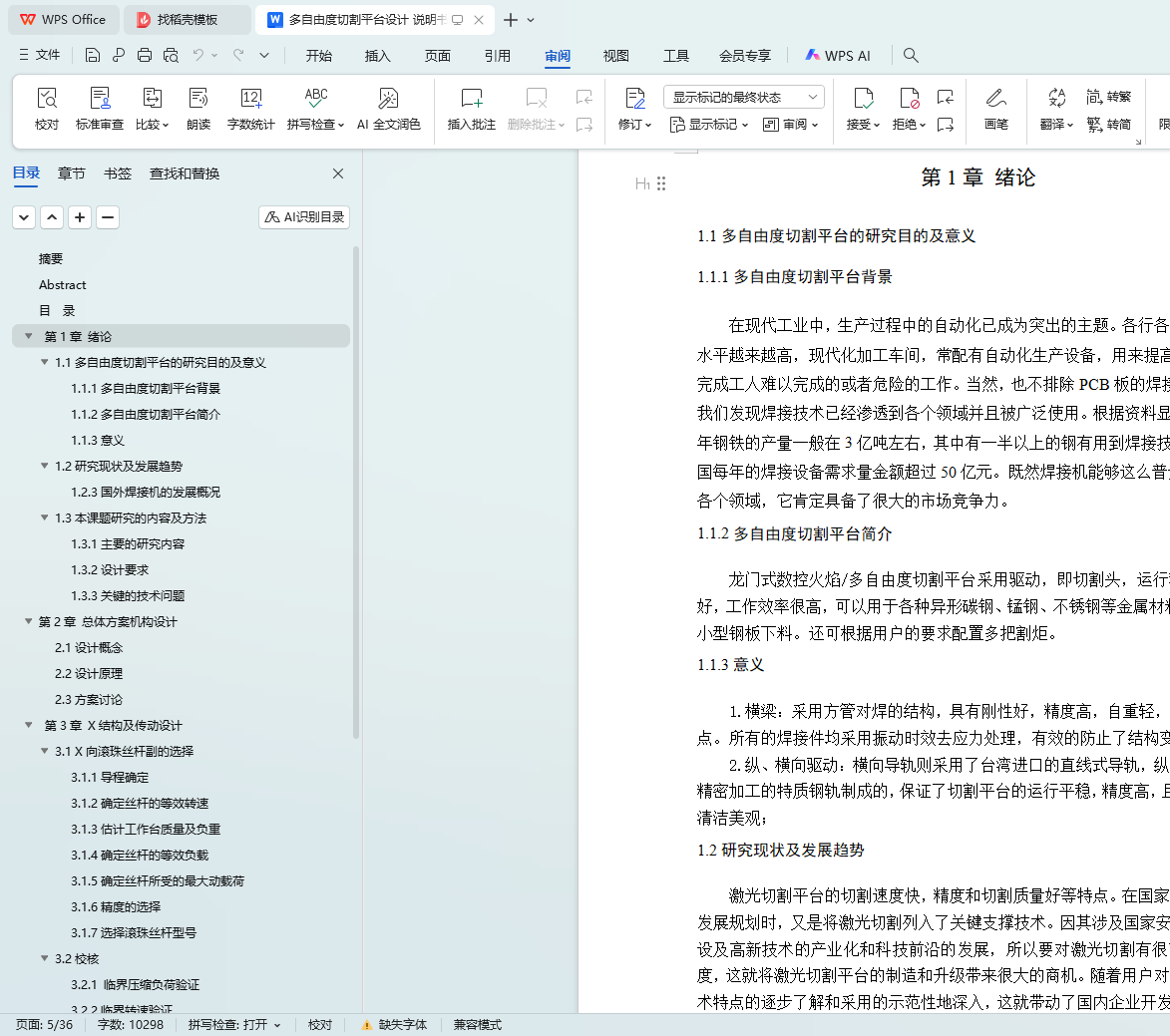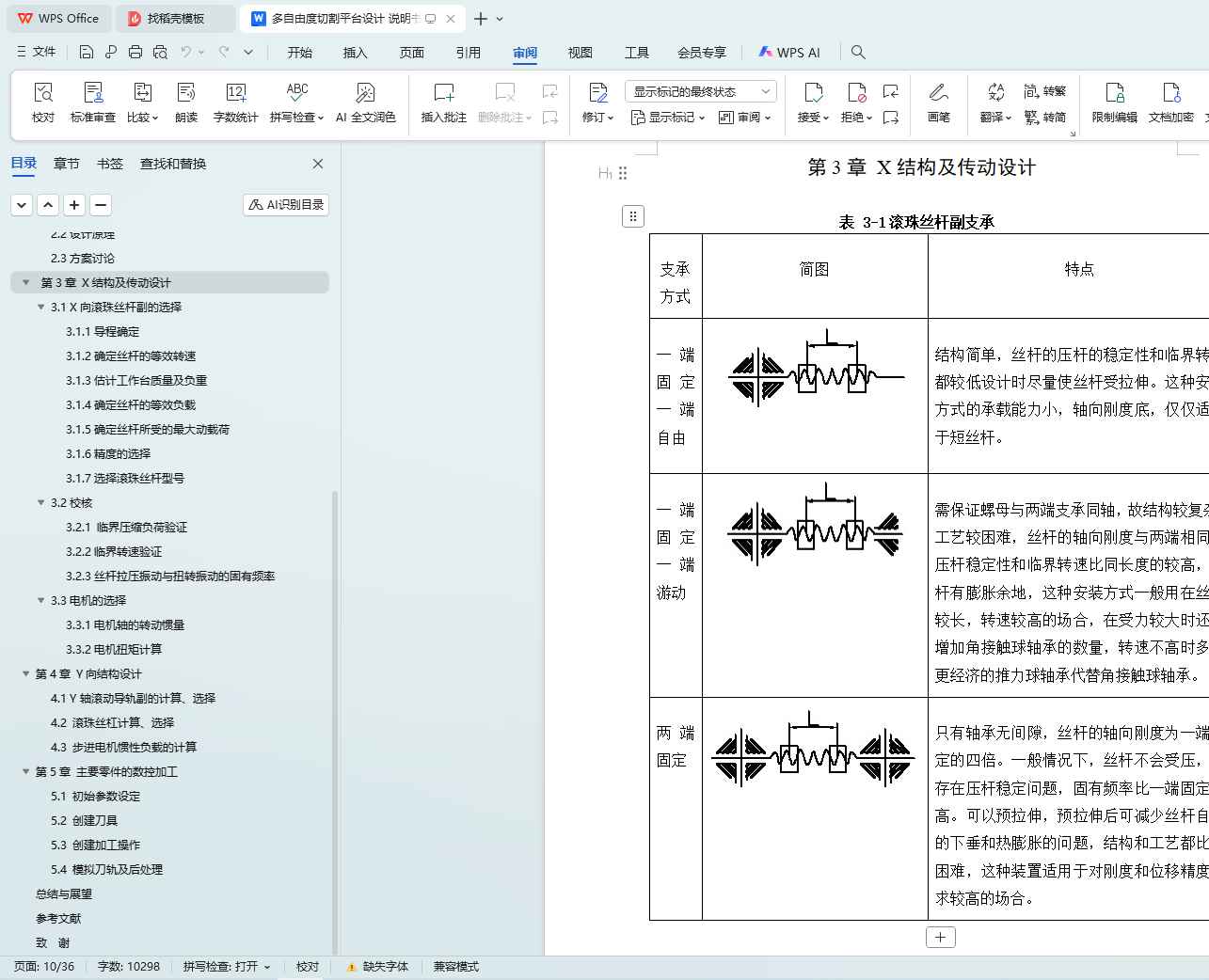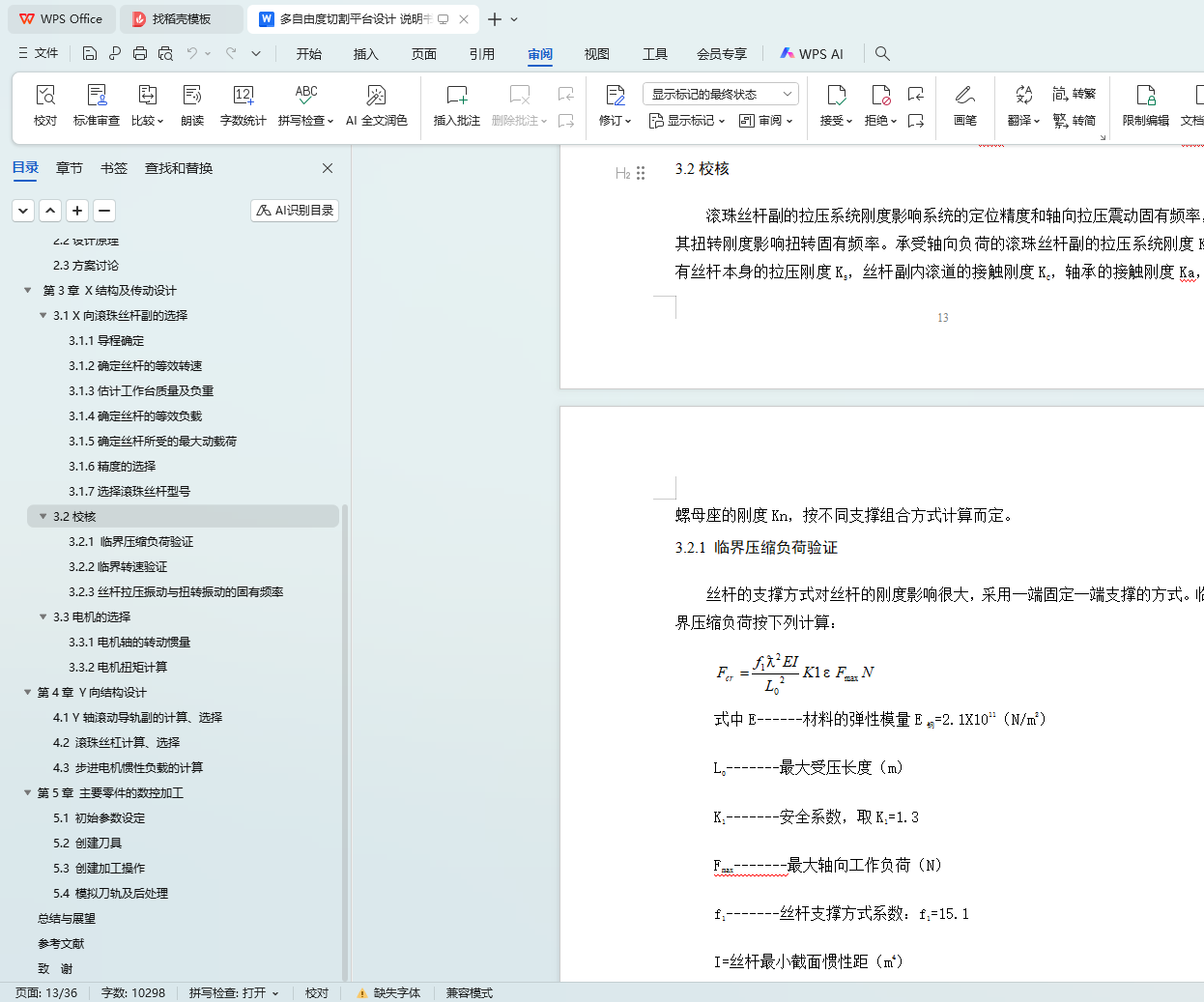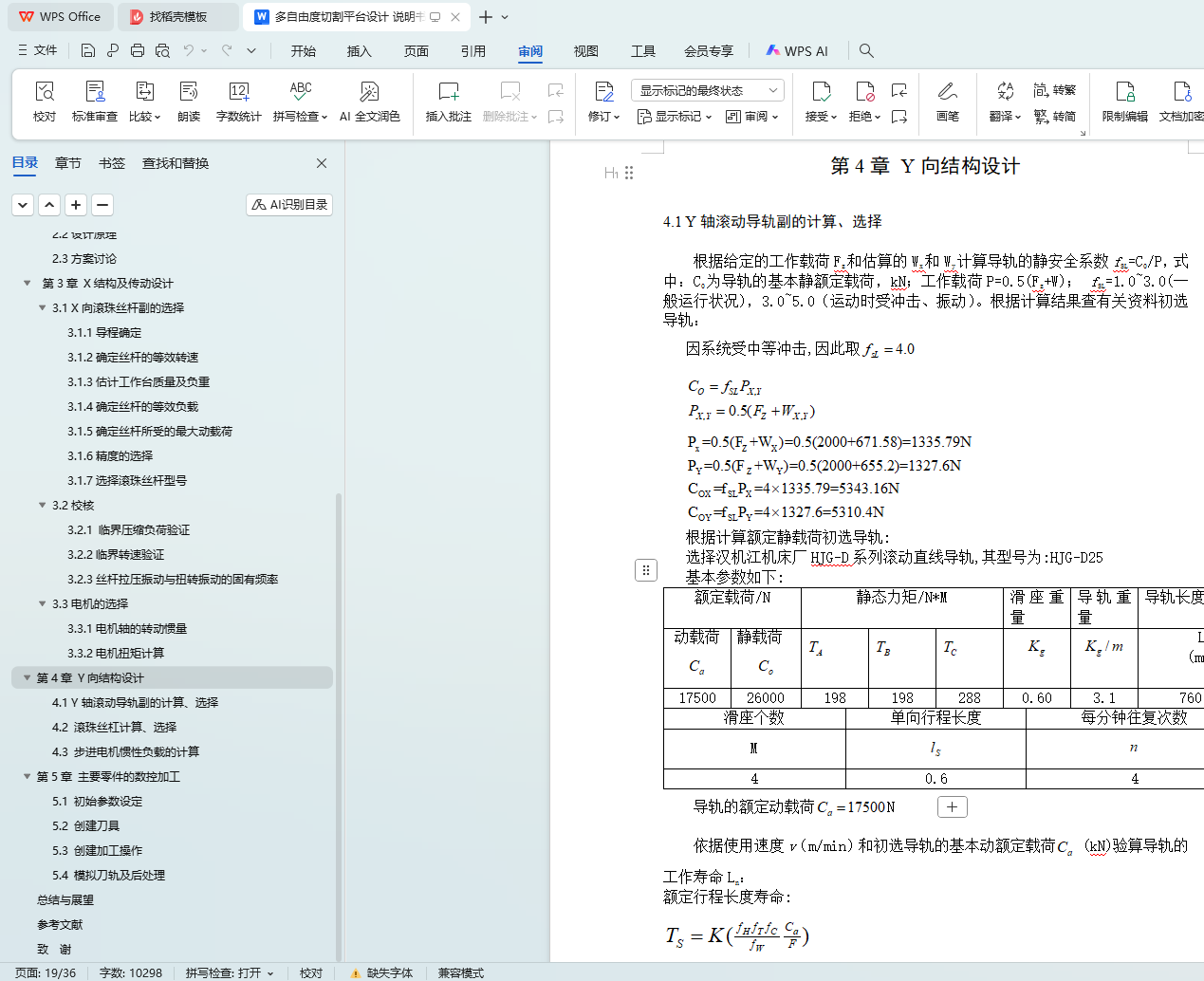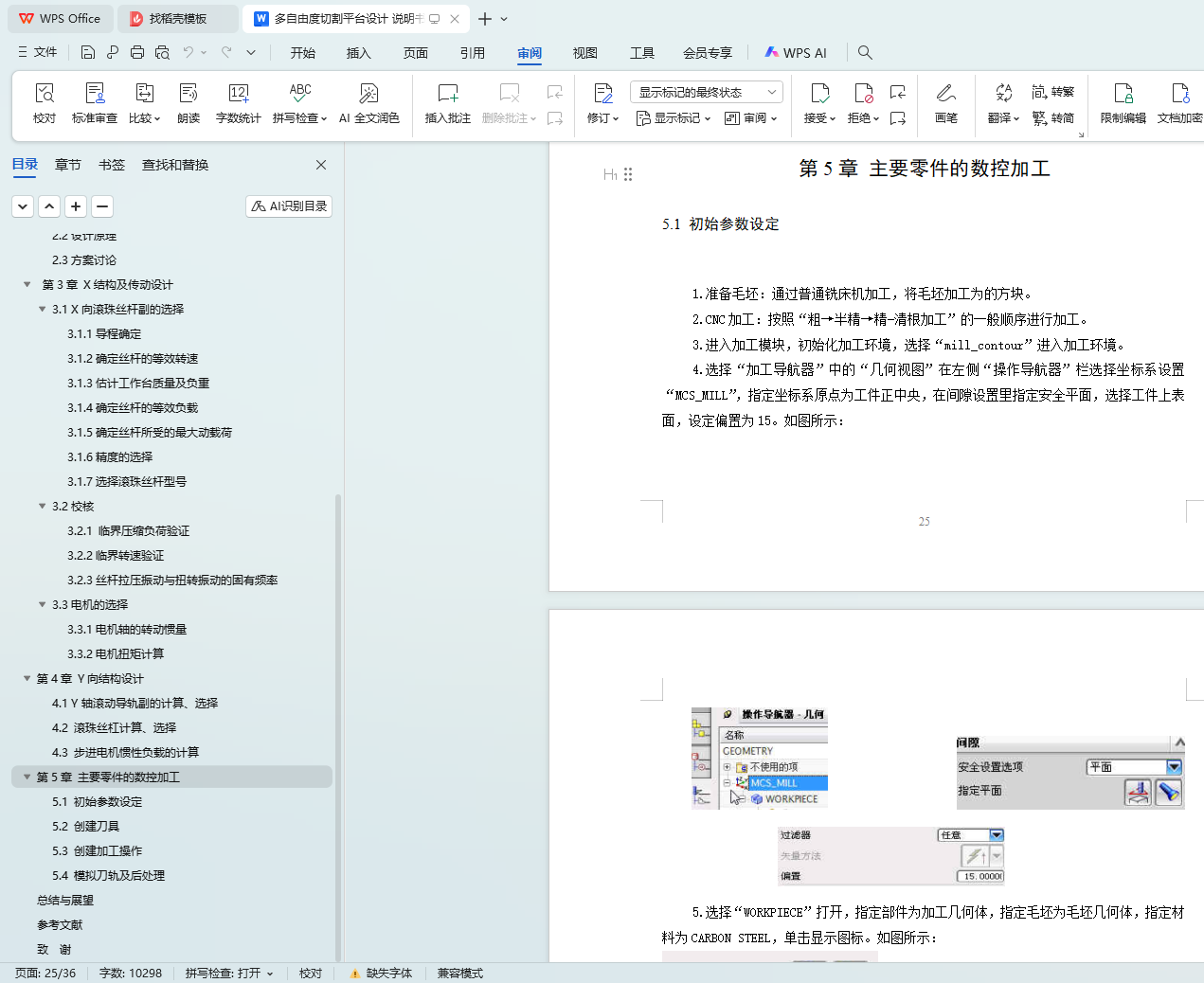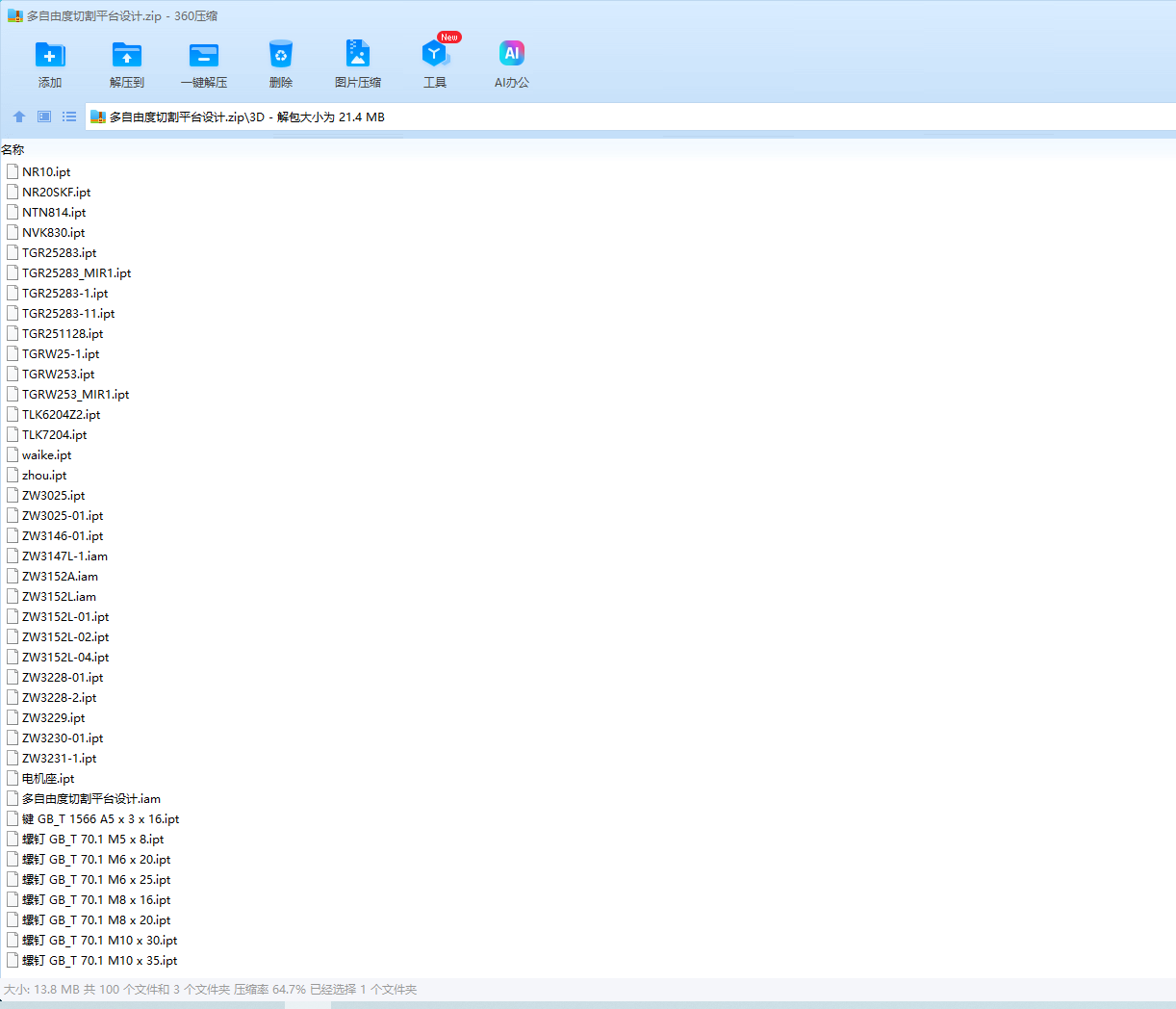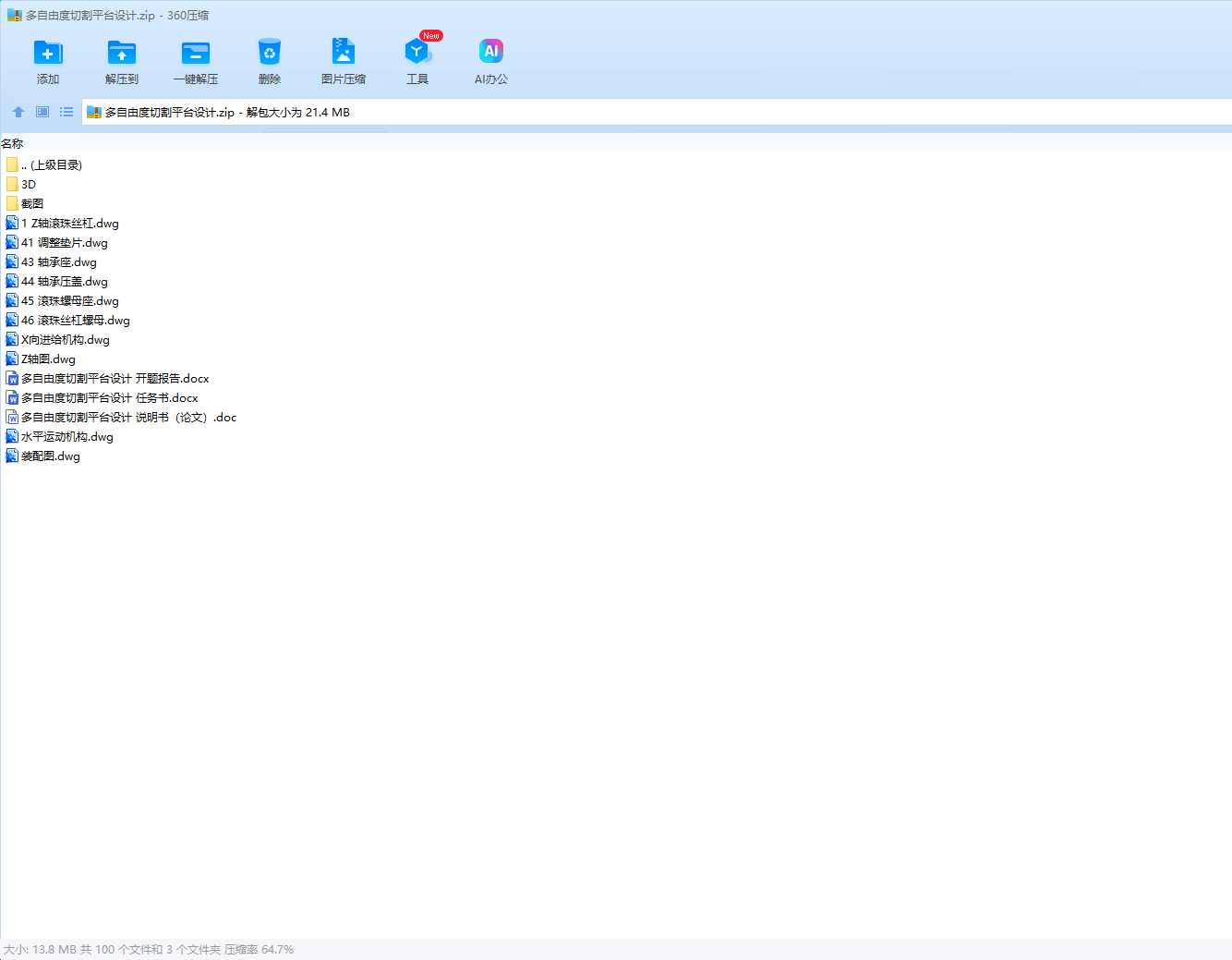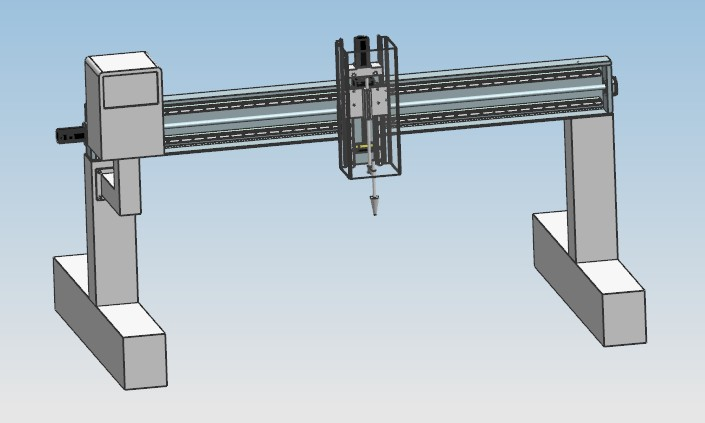摘要
随着科技的进步,多自由度切割平台的应用日益广泛,其技术的发展不断从新兴科技成果中汲取动力。当前,多自由度切割平台在电子、计算机技术及机器人制造领域扮演着重要角色。为提升焊接质量和效率,多自由度切割平台的技术优化显得尤为重要。本文旨在探讨数控切割平台与焊接跟踪技术的有效结合,以推动新科技的发展。为此,我们深入研究了多自由度切割平台的设计,特别是其机构设计与传动系统。通过详细分析X轴和Y轴的滚珠丝杠副选择与校核、电机选择等关键步骤,我们提出了一套完整的切割平台设计方案。该方案采用龙门结构作为整体支撑,确保了平台的稳定性和负载能力。本研究不仅对于解决当前切割平台设计中的技术难题具有重要意义,同时也为未来的切割技术发展提供了新的思路。
关键词:切割技术;机构设计;多自由度切割平台;龙门结构;滚珠丝杠副
Abstract
With the progress of science and technology, the application of multi-freedom cutting platform is increasingly widely used, and the development of its technology is constantly driven from the emerging scientific and technological achievements. At present, the multi-freedom cutting platform plays an important role in the field of electronics, computer technology and robot manufacturing. In order to improve the welding quality and efficiency, the technical optimization of the multi-freedom cutting platform is particularly important. This paper aims to explore the effective combination of CNC cutting platform and welding tracking technology to promote the development of new technology. To this end, we studied the design of multi-freedom cutting platform, especially its mechanism design and transmission system. Through detailed analysis of the key steps such as checking and checking of X and Y axis, we propose a complete set of cutting platform design scheme. The scheme uses the gantry structure as the overall support to ensure the stability and load capacity of the platform. This study is not only important for solving the technical problems in the current cutting platform design, but also provides new ideas for the future development of cutting technology.
Key words: cutting technology; mechanism design; multi-freedom cutting platform; gantry structure; ball screw pair
目 录
摘要
Abstract
目 录
第1章 绪论
1.1多自由度切割平台的研究目的及意义
1.1.1多自由度切割平台背景
1.1.2多自由度切割平台简介
1.1.3意义
1.2研究现状及发展趋势
1.3本课题研究的内容及方法
1.3.1主要的研究内容
1.3.2设计要求
1.3.3关键的技术问题
第2章 总体方案机构设计
2.1设计概念
2.2设计原理
2.3方案讨论
第3章 X结构及传动设计
3.1 X向滚珠丝杆副的选择
3.1.1导程确定
3.1.2确定丝杆的等效转速
3.1.3估计工作台质量及负重
3.1.4确定丝杆的等效负载
3.1.5确定丝杆所受的最大动载荷
3.1.6精度的选择
3.1.7选择滚珠丝杆型号
3.2校核
3.2.1 临界压缩负荷验证
3.2.2临界转速验证
3.2.3丝杆拉压振动与扭转振动的固有频率
3.3电机的选择
3.3.1电机轴的转动惯量
3.3.2电机扭矩计算
第4章 Y向结构设计
4.1 Y轴滚动导轨副的计算、选择
4.2 滚珠丝杠计算、选择
4.3 步进电机惯性负载的计算
第5章 主要零件的数控加工
5.1 初始参数设定
5.2 创建刀具
5.3 创建加工操作
5.4 模拟刀轨及后处理
总结与展望
参考文献
致 谢
